Comments
- No comments found
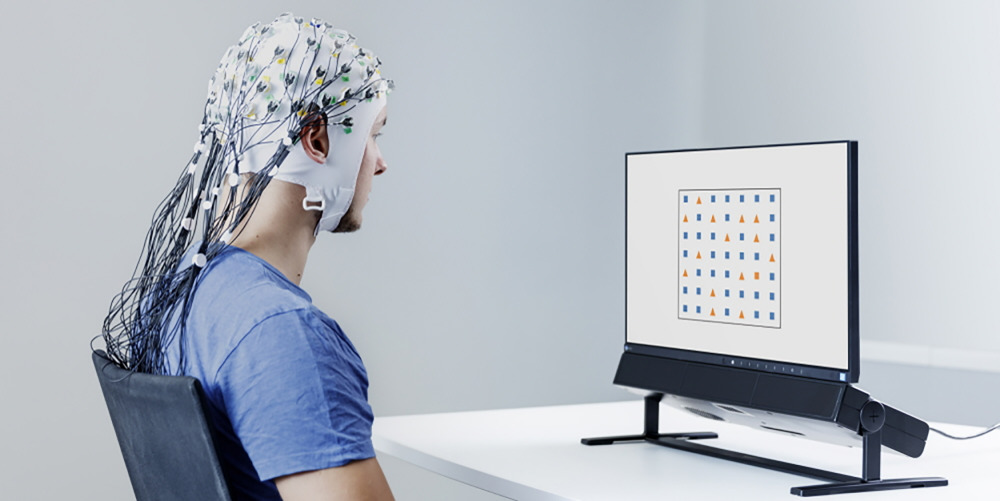
The Internet of Things (IoT) and neuroscience are two rapidly advancing fields that are transforming the healthcare industry.
Combining these two fields has the potential to revolutionize the way we diagnose, treat, and prevent neurological disorders. This article explores how neuroscience and IoT can be integrated in healthcare, identifying key areas of application and highlighting examples of successful implementation.
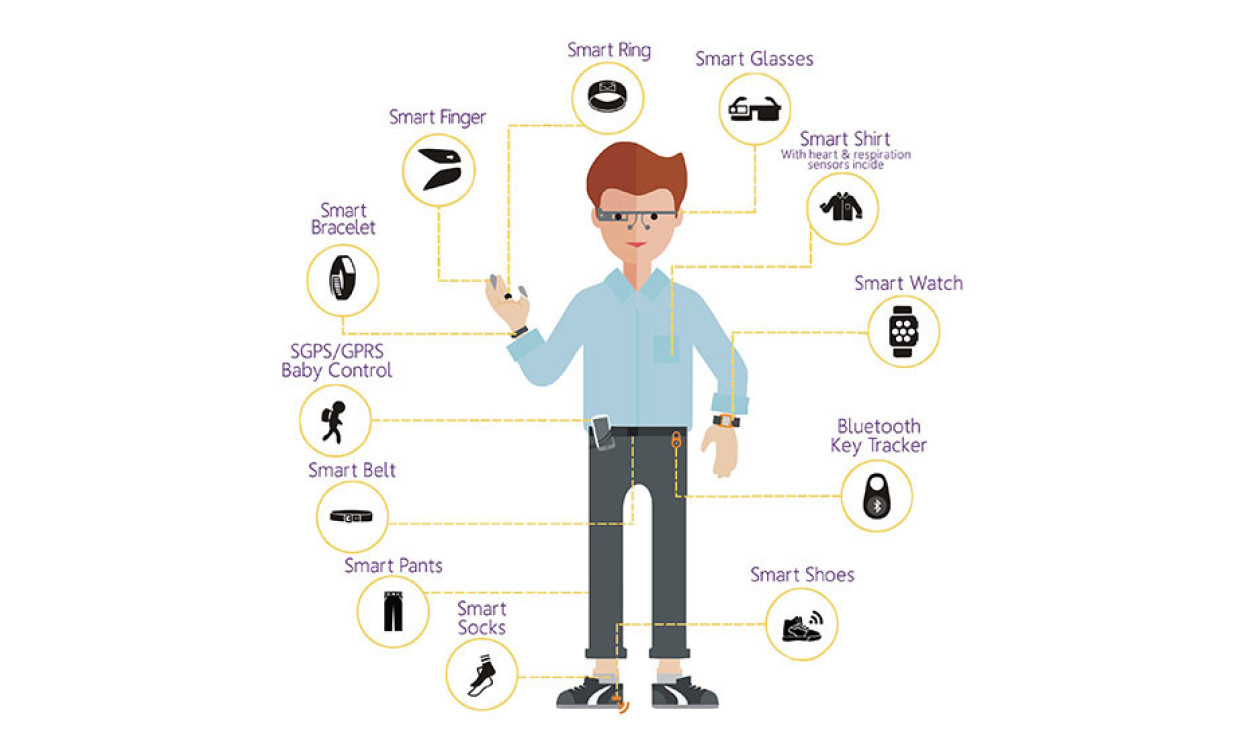
Wearable devices are becoming increasingly popular in healthcare, with the ability to collect and transmit real-time data on a patient's vital signs and movement. Combining this technology with neuroscience could allow for the monitoring and treatment of neurological disorders such as Parkinson's disease and epilepsy. For example, wearable devices can detect tremors in Parkinson's patients and provide feedback to the patient, helping to reduce the severity of the tremors.
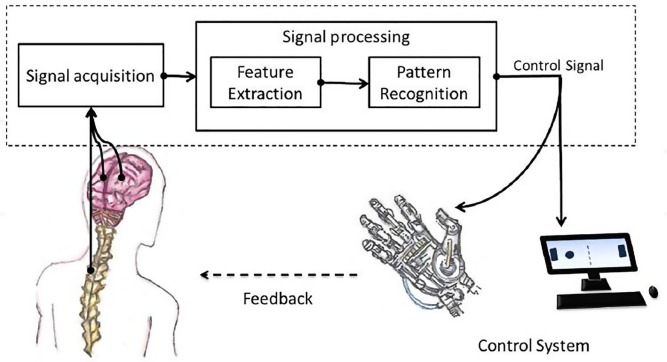
Brain-computer interfaces (BCIs) are devices that allow individuals to control technology with their thoughts. By combining IoT and neuroscience, BCIs can be used to help patients with neurological disorders such as spinal cord injuries and multiple sclerosis. BCIs can also be used to monitor brain activity and provide feedback to patients undergoing cognitive therapy.

Remote monitoring is a key application of IoT in healthcare, allowing patients to receive care outside of a traditional healthcare setting. Combining this technology with neuroscience could allow for the monitoring and treatment of patients with neurological disorders in their own homes. For example, remote monitoring could be used to monitor the sleep patterns of patients with sleep disorders, allowing for the development of personalized treatment plans.
Predictive analytics uses data analysis to predict future outcomes.
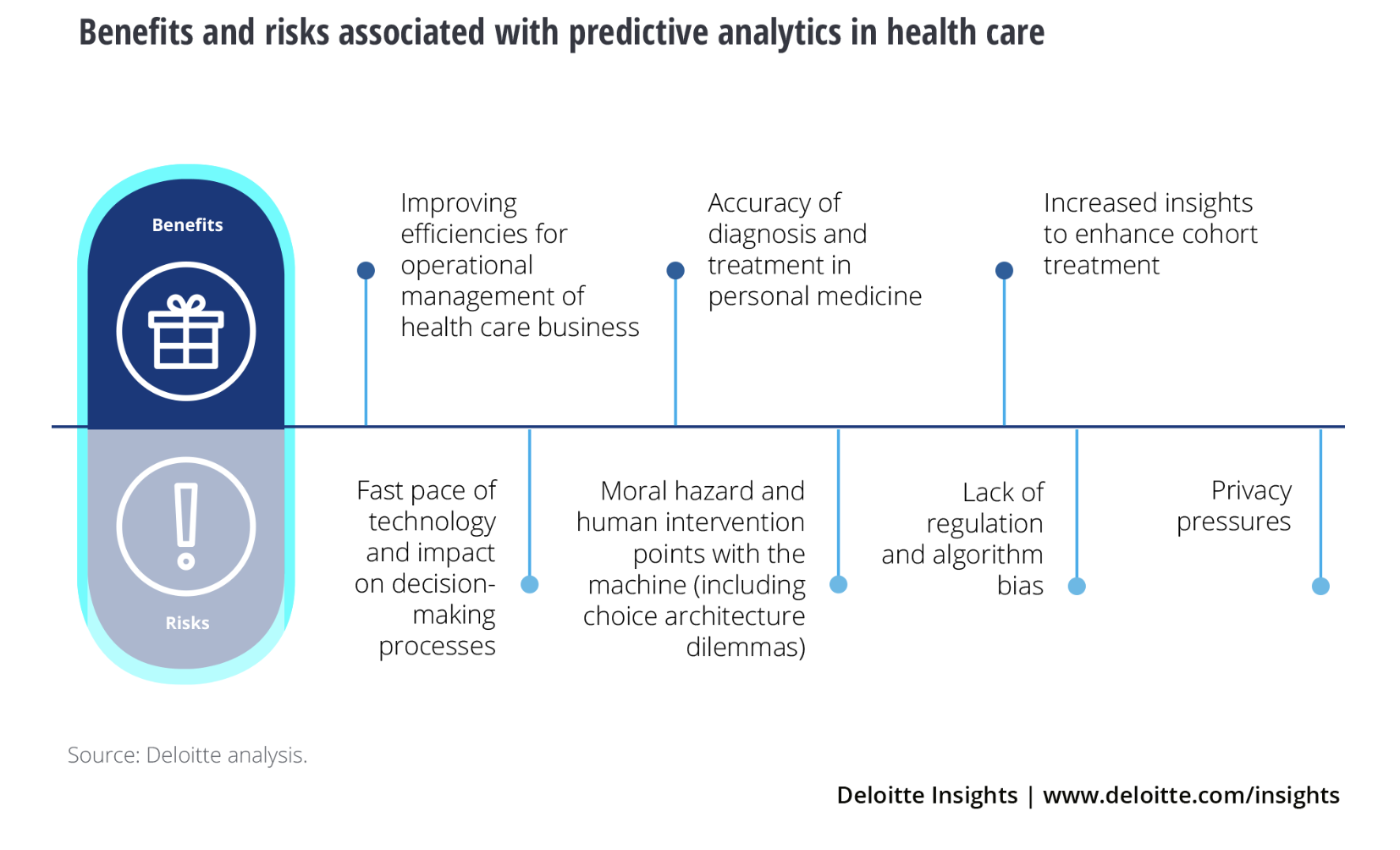
By combining IoT and neuroscience, predictive analytics can be used to identify early warning signs of neurological disorders and develop preventive strategies. For example, the analysis of data from wearable devices and remote monitoring can identify changes in movement patterns that may indicate the onset of Parkinson's disease.
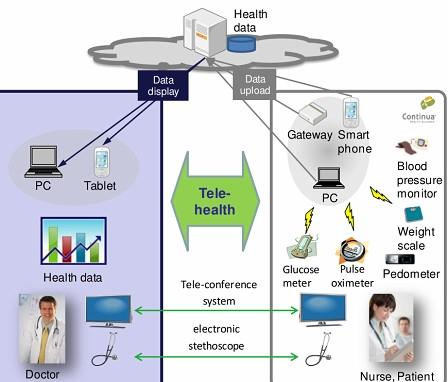
Telemedicine involves the use of telecommunications and information technology to provide healthcare services remotely. By combining IoT and neuroscience, telemedicine can be used to provide specialized care to patients with neurological disorders who may not have access to specialized care in their local area. For example, telemedicine can be used to provide cognitive therapy to patients with traumatic brain injuries.
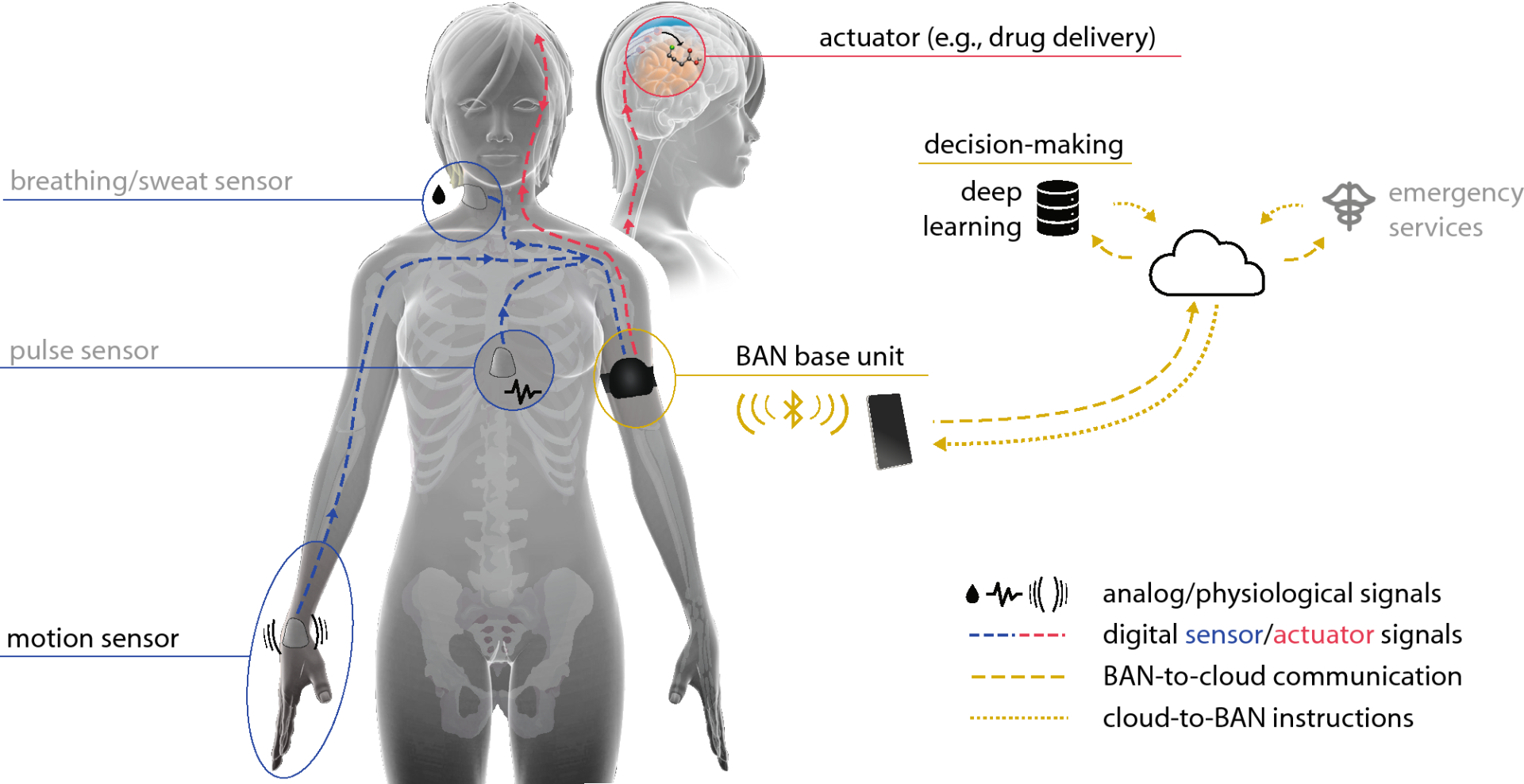
Combining IoT and neuroscience in healthcare has the potential to transform the way we diagnose, treat, and prevent neurological disorders. Wearable devices, brain-computer interfaces, remote monitoring, predictive analytics, and telemedicine are all areas where these two fields can be integrated. The benefits of this integration include improved patient outcomes, reduced healthcare costs, and greater accessibility to specialized care. As these two fields continue to advance, the opportunities for integration will only increase, and the potential for transformational change in healthcare will become even greater.
Leave your comments
Post comment as a guest